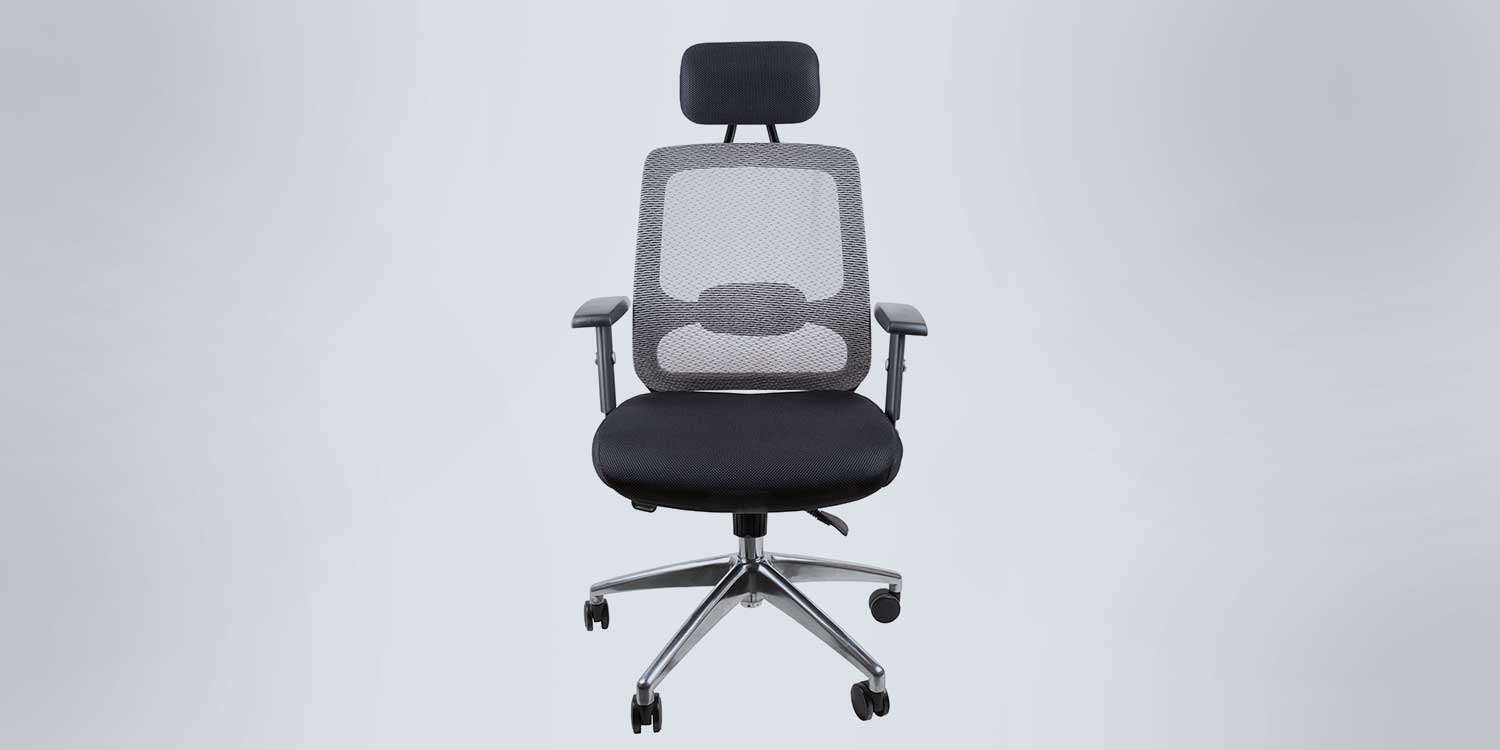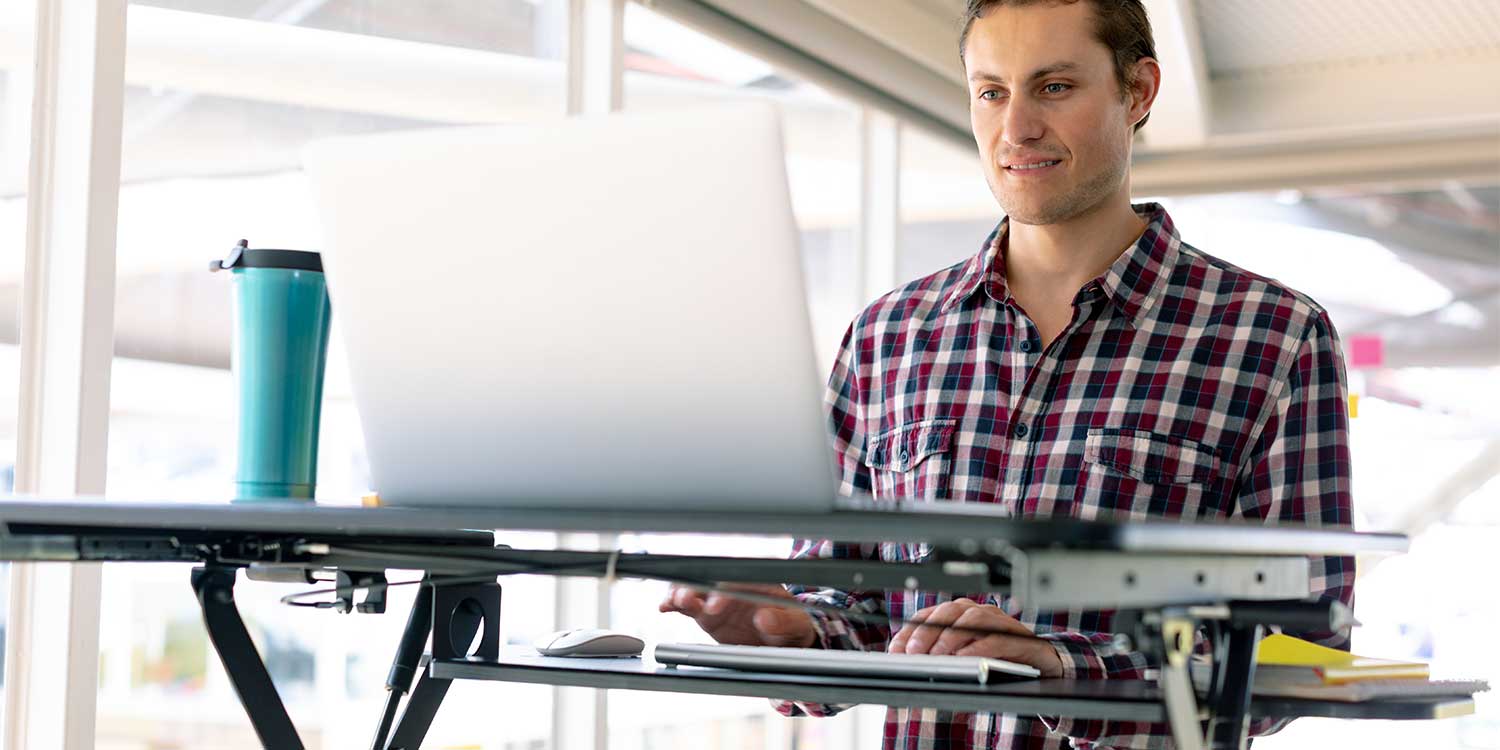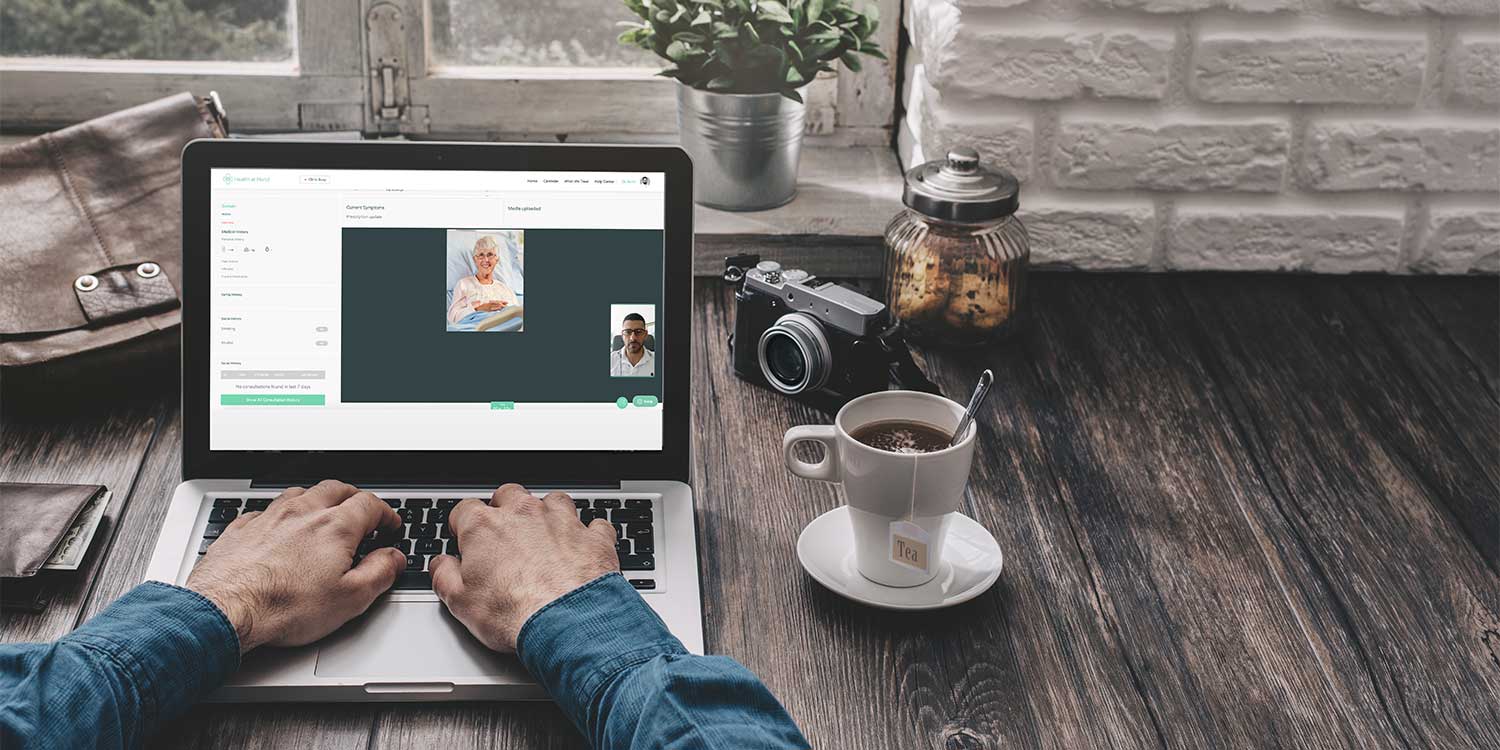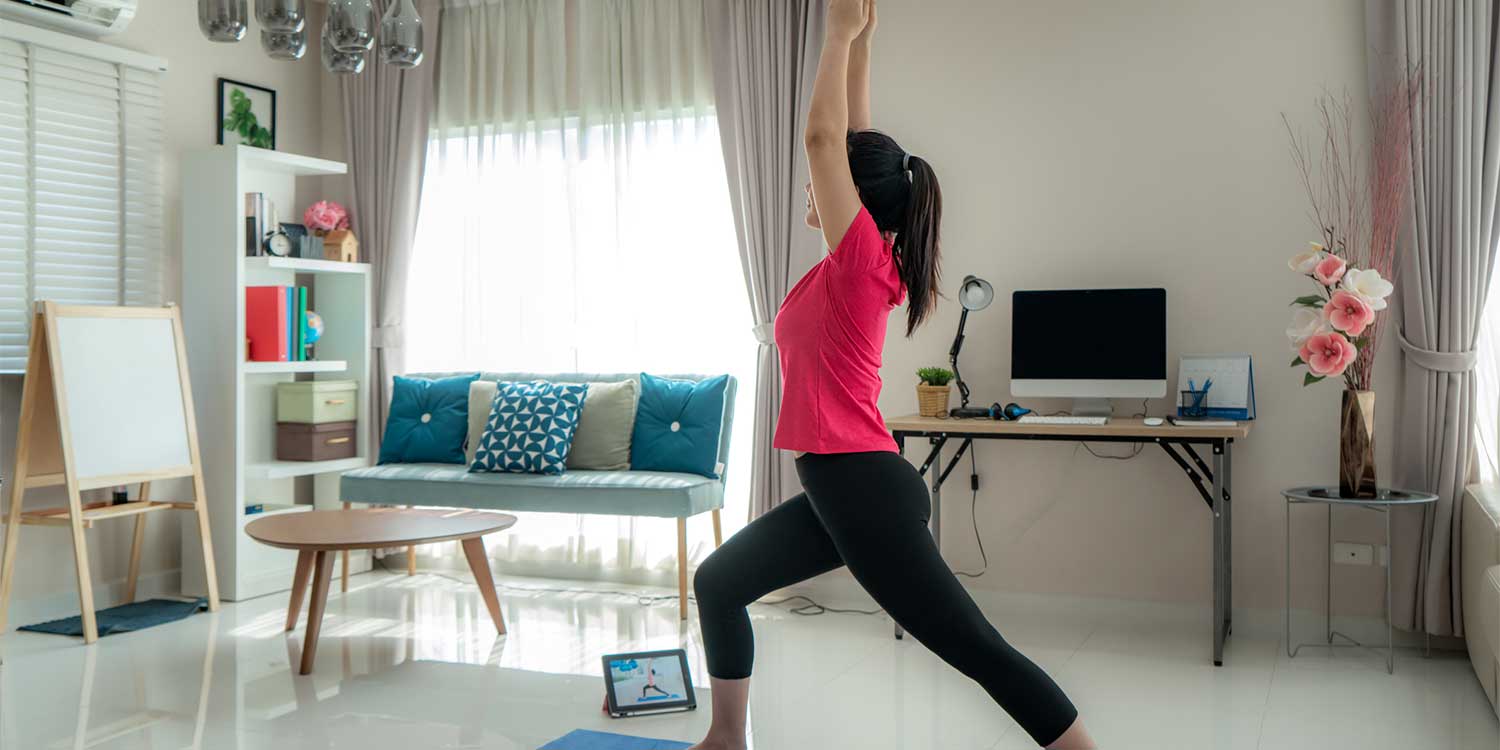
24 Nov Work from home
#WFH (Working From Home) has become an essential measure to help with limiting the spread of the pandemic. And just like any measure it comes with a few side effects. You must have read all about it. Employee burnout, zoom fatigue syndrome and others.
At Health at Hand, we pride ourselves on focusing on what we can do and how.
Here are a few tips to help make your work from home not just healthy but also productive and maybe fun.
It’s all about the Ergonomics!
Checkout our live and recorded webinars on working from home and ergonomics here (link)
Setup a workspace:
An ideal workspace should be separate from where you “chill”. Don’t work in your bedroom or in the living room. If you have a small living space invest in a quiet corner of that space where you can setup your workspace. It doesn’t have to be big, it just needs to incorporate the basics.
The basics:
1. A comfortable chair
2. A comfortable desk
3. A source of light
4. A source of water

The Chair:
There are many options for comfortable chairs out there. However, make sure you chose a chair that supports your back and posture. Arm rests are optional, but it is better to rest on the desk.

The Desk:
Your desk has to be at least a few inches wider than your shoulders. It shouldn’t be lower than your navel or higher than your chest line.
You can invest in a standing desk to promote a dynamic posture. There is little evidence on the benefits of exclusively standing throughout your workday, so make sure to get a desk with adjustable height rather than a static standing desk. The idea is to alternate between sitting and standing.

The Light:
Natural light is always best, so try to position your workspace as close as possible to a window or a terrace. If you are using a laptop and make a lot of virtual calls, make sure the source of light is behind your device (laptop, phone or camera) so it doesn’t blur the image when it is behind you.
Night light is a bit tricky. There are multiple factors to consider when choosing your source of light at night but the most important of which is color temperature. This is typically denoted by a Kelvin rating (usually 2,700 to 6,500) and accompanied by a descriptive name, such as soft white or daylight.
For workspaces, daylight or bright white light are best. Daylight (5,000 to 6,500 Kelvin) has more of a bluish tone. This light color will maximize contrast for colors, making it ideal for working, reading or applying makeup. Bright white (4,000 to 5,000 Kelvin) is between white and blue tones. It is less cozy but has a more energetic feel to it.

The Water:
Always Hydrate. Keep a bottle of water close to you and in your line of sight to remember. Drink at least 2 litres of water every day and if you drink more and it leads to you taking more frequent bathroom breaks, great! This means you have to shift your posture and move around. So, use that to your advantage.

Remember to take breaks:
As a rule of thumb break every 60 minutes to 50 & 10. Work for 50 minutes and take a break for 10 minutes to stretch, hydrate and rest your eyes. Use technology to your advantage in this. Many phone and smartwatch apps are designed to track your activity and incorporate stretching exercises in them.

If you have more questions regarding working from home, please speak to one of our doctors on the app!
Dr Rami Said
Medical Director



